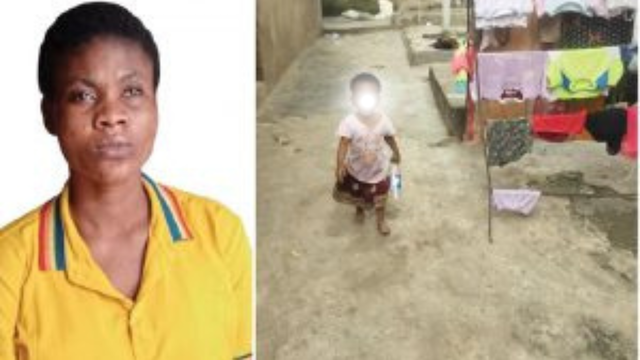With puberty starting earlier than ever, doctors urge greater awareness and care

Source: NBC NEWS
A growing number of children are showing signs of puberty at significantly younger ages than the average. Yet many families may face hurdles in getting diagnoses.
The story centers around the increasing cases of precocious puberty, particularly in young Black girls, and underscores the need for heightened awareness, better access to healthcare, and more comprehensive understanding among both parents and medical professionals.
Jennifer Benton’s experience with her daughter, who started showing signs of puberty at the age of 5, serves as a central narrative. Initially, these signs were dismissed by a pediatrician as “baby fat,” but upon further examination, it was determined that her daughter was experiencing precocious puberty. This led to the use of puberty blockers to manage her condition. Benton’s journey highlights the challenges parents face in getting an accurate diagnosis and the importance of advocating for their child’s health.
The article points out that the average age for the onset of puberty has been gradually decreasing over the past 40 years, and precocious puberty, although still rare, is becoming more common. This condition can have far-reaching effects on a child’s physical and mental health, including increased risks of depression, anxiety, and eating disorders, and can even impede normal growth.
One significant aspect of the story is the disparity in medical care for precocious puberty, especially among Black and Hispanic children. These groups are more likely to experience early puberty and face greater challenges in accessing timely and appropriate medical care. This disparity is further exacerbated by socioeconomic factors and potential biases in the healthcare system.
Patra Rhodes-Wilson’s story parallels Benton’s, as her daughter also started developing early. The diagnosis brought relief and a clearer understanding of the condition, allowing Rhodes-Wilson to make lifestyle changes that helped manage her daughter’s symptoms.
The story delves into the societal implications of precocious puberty. Children experiencing early physical development can be mistakenly perceived as older, leading to inappropriate sexualization and societal expectations. This situation calls for a nuanced understanding of the condition and a sensitive approach to these children’s physical and emotional needs.
Furthermore, the narrative highlights the importance of individualized medical assessment and treatment. It questions previous practices where diagnosis and treatment decisions were influenced by race and age, advocating instead for decisions based on comprehensive hormonal, physical, and psychological evaluations.
From a broader perspective, the story is a call to action for improved education about precocious puberty, especially in communities where awareness is low. It emphasizes the need for medical professionals to be vigilant and proactive in diagnosing and treating this condition, and for parents to seek second opinions if their concerns are not being adequately addressed.
In summary, the story is not just about the medical condition of precocious puberty but also about racial disparities in healthcare, the challenges of parenting under unusual medical circumstances, and the importance of advocacy and awareness in confronting health issues. It serves as a reminder of the complexities of healthcare in diverse communities and the need for a more inclusive and informed approach to medical treatment and support.





